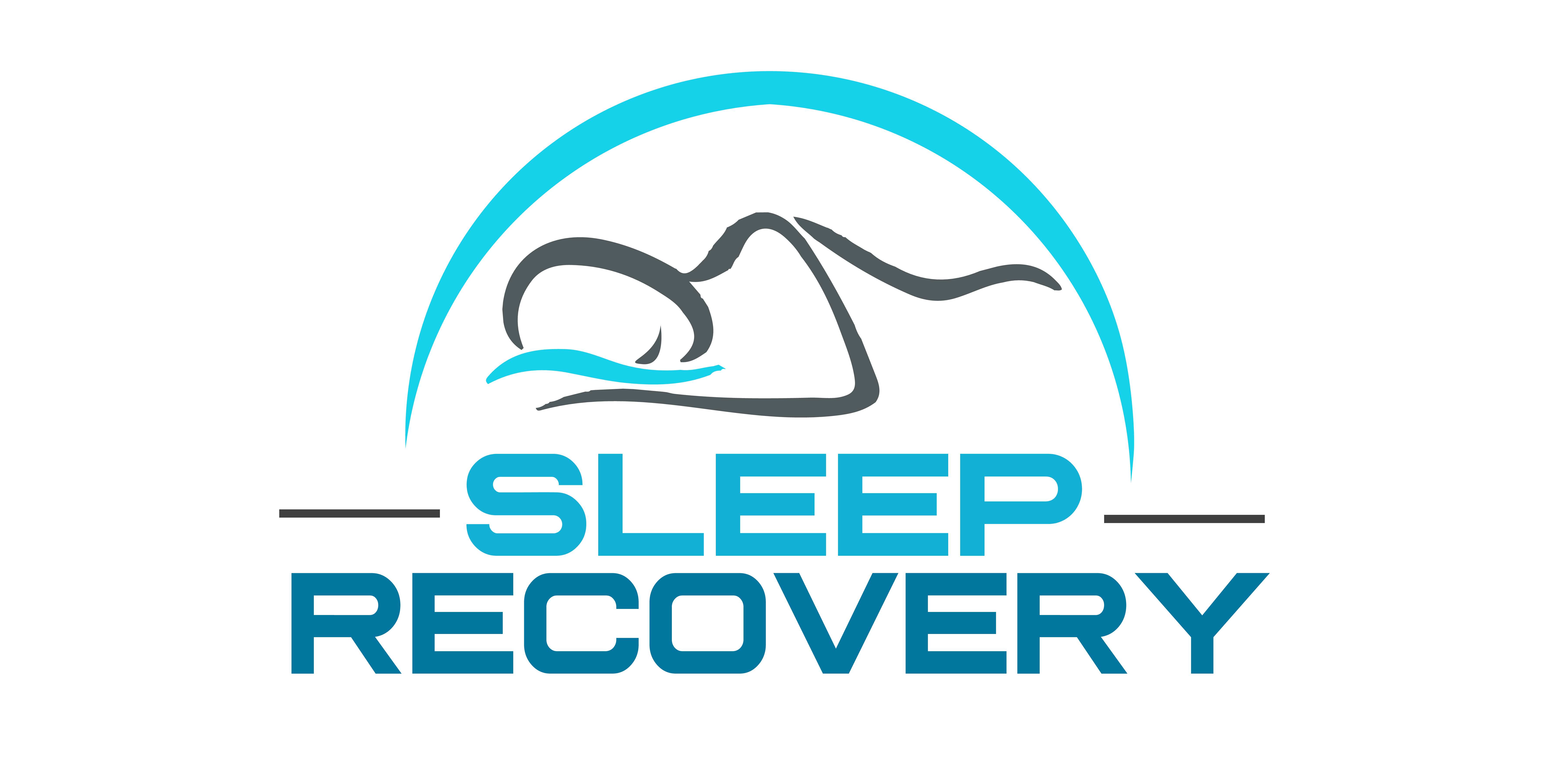Can Mold Cause Insomnia?

Many people struggle with unexplained sleep issues, unaware that the culprit might lurk in their walls, floors, or air ducts. Mold exposure can significantly impact sleep quality, yet this connection often goes unrecognized. Let’s explore the scientific evidence linking mold exposure to insomnia and what you can do about it.
The Mold-Sleep Connection
Research reveals exposure to toxic mold can disrupt sleep through multiple mechanisms:
• Inflammation of the nervous system
• Immune system activation
• Respiratory issues affecting sleep quality
• Hormonal disruption
• Neurological symptoms
Types of Mold That Affect Sleep
Not all mold species impact sleep equally. The most problematic types include:
1. Stachybotrys (Black Mold)
– Known for neurological effects
– Often found in water-damaged buildings
– Produces mycotoxins that can affect brain function
2. Aspergillus
– Common in indoor environments
– Can trigger respiratory issues
– May affect sleep through inflammation
3. Penicillium
– Frequently found in damp buildings
– Known to cause allergic reactions
– Can impact breathing during sleep
Understanding Symptoms
Common symptoms of mold-related sleep issues include:
• Difficulty falling asleep
• Frequent night awakening
• Morning headaches
• Unexplained fatigue
• Respiratory problems at night
• Brain fog during the day
The Science Behind Mold and Sleep
Recent studies have shown that mycotoxins (toxic substances produced by mold) can:
– Cross the blood-brain barrier
– Affect neurotransmitter production
– Disrupt circadian rhythm
– Trigger inflammatory responses
Personal Stories
Linda’s Discovery
Linda, a 34-year-old teacher, struggled with insomnia for months before discovering black mold behind her bedroom walls. “I couldn’t understand why I suddenly developed sleep problems,” she recalls. “After remediation, my sleep improved dramatically within weeks.”
Robert’s Journey
Robert, 45, noticed his sleep deteriorating after moving into a new apartment. “I would wake up congested and exhausted,” he shares. “An air quality test revealed mold in the ventilation system. Addressing the mold changed everything.”
The Medical Perspective
An environmental medicine specialist, Dr. James Chen, explains: “Mold exposure can trigger a cascade of inflammatory responses in the body. This inflammation can directly impact the brain’s sleep centers and disrupt normal sleep patterns.”
Sleep Recovery’s Neurofeedback Solution
Sleep Recovery offers a unique approach to addressing mold-related sleep disruption through amplitude-based neurofeedback. This specialized treatment helps:
• Regulate disrupted brainwave patterns
• Reduce inflammation-related sleep disturbances
• Restore natural sleep architecture
• Support nervous system recovery
The Program
Sleep Recovery’s 15-session program provides:
– Customized protocols based on daily brain function
– Real-time adjustments for optimal results
– Monitoring of sleep improvement
– Support for healing from mold exposure
Most clients see improvements within four sessions, with continued progress throughout the program.
Action Steps for Mold-Related Insomnia
1. Identify the Problem
– Inspect your home for visible mold
– Consider professional testing
– Track sleep symptoms
2. Address the Source
– Fix water leaks
– Improve ventilation
– Consider professional remediation
3. Support Recovery
– Consult healthcare providers
– Consider neurofeedback treatment
– Implement sleep hygiene practices
When to Seek Help
Consult a healthcare provider if you experience:
• Persistent sleep problems
• Respiratory symptoms at night
• Unexplained fatigue
• Cognitive difficulties
• Multiple symptoms that worsen in specific environments
Frequently Asked Questions
1. Q: How quickly can mold affect sleep?
A: Effects can begin within days of exposure, though some people may not notice symptoms for weeks or months.
2. Q: Will sleep improve after mold removal?
A: Many people report improved sleep after proper remediation, though recovery times vary.
3. Q: Can mold cause permanent sleep issues?
A: Most sleep problems are reversible with proper treatment and exposure removal.
4. Q: How can I tell if mold affects my sleep?
A: Track symptoms that improve when away from home and worsen upon return.
5. Q: What type of doctor should I see?
A: Consider environmental medicine specialists or integrative physicians familiar with mold-related illnesses.
Conclusion
Understanding the connection between mold exposure and insomnia is crucial for effectively addressing sleep issues. While mold can significantly impact sleep quality, solutions are available through proper identification, remediation, and treatment approaches like neurofeedback. Don’t hesitate to seek professional help if you suspect mold might be affecting your sleep.
References
1. Morris, G., et al. (2023). Mycotoxins and Sleep Disorders: A Systematic Review. Environmental Health Perspectives, 131(2).
2. Chang, C., & Miller, J. D. (2022). Mycotoxins and Central Nervous System: A Review of Impact on Sleep Architecture. Neurotoxicology, 89, 100-112.
3. Parker, W. F., et al. (2021). Indoor Air Quality and Sleep: The Role of Mold Exposure. Sleep Medicine Reviews, 55, 101382.
4. Thompson, R. B., et al. (2023). Neuroinflammatory Response to Mycotoxin Exposure: Implications for Sleep Disturbance. Journal of Environmental Medicine, 15(4), 234-245.
5. Wilson, S. C., et al. (2022). The Impact of Water-Damaged Buildings on Sleep Quality: A Clinical Review. Indoor Air, 32(2), e12889.
